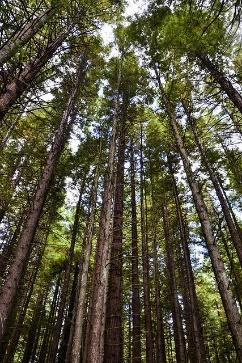As climate change issues come more clearly into focus, so do the relevance and effects of the Emissions Trading Scheme (ETS). If you are in the ETS, or are buying or currently own a property that has trees that are affected by the rules and regulations surrounding the ETS, then you definitely need to be vigilant. There is no doubt that combined assistance is required from your lawyer and accountant alongside the consultants that are at the coalface implementing and administering the ETS.
1990 is a key year with regard to the ETS. Forests planted before 1st January 1990 cannot be counted as additional carbon storage under the ETS, they are part of the baseline emissions and removals, and cannot be registered to earn units for carbon storage. This means that should an owner of such trees cut them down and change the land use (i.e., not replant the relevant area with new trees) without being granted an exemption or offset, the owner would then pay for any emissions that are created from the deforestation. The effect is a line drawn which can hugely discourage excess deforestation. Realistically, only forestry use is appropriate for those lands. On the other side of the coin, trees planted after the 31st December 1989 are entitled to be in the ETS with the pluses and minuses it has to offer.
There are offsets and flexibility. The rights of the pre and post 1990 landowners are starkly different. Caution is paramount. Understanding of long-term plans within the area and their implications are crucial. In many instances, the same rural land being sold may house trees whose planting dates straddle the 1989-1990 guideline.
The ETS has become entrenched, with 1st January 1990 being the unbending default position.

